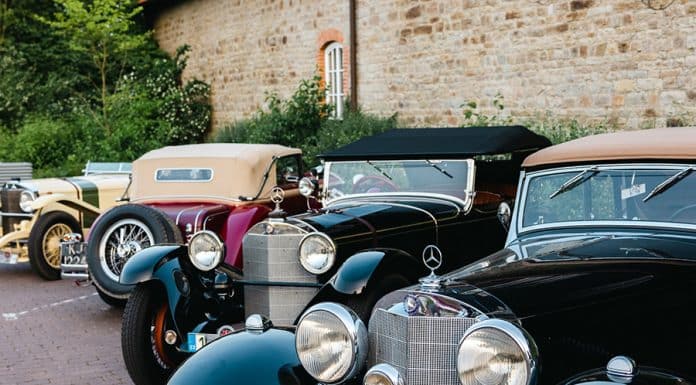The evolution of the car design route started with the rudimentary horse carriages to the streamlined and fully furnished vehicles of today.
From the first automobile at the end of the 19th century, designers and engineers have steadily gone beyond the dimension of innovation, implementing new technologies and reacting to the social changes and aesthetic preferences of society.
This article examines the impressive development of automobile design, tracing its stunning transformation from the earliest days to the present stage.
The Early Years
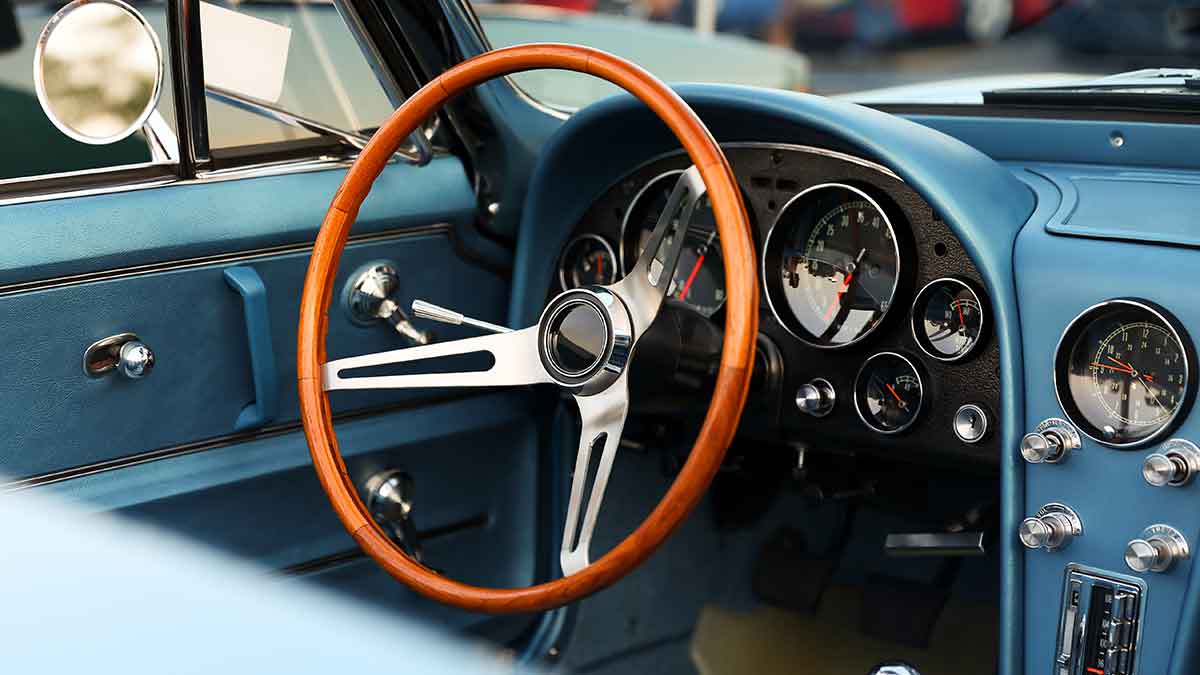
Nevertheless, progressive innovations in automotive technologies led designers to explore more aerodynamic shapes and streamlined forms
The Golden Age of Design
The 1920s and 1930s interwar period influenced car design significantly with input from the Art Deco movement and ascertainment of aerodynamic properties. Designers followed the general trend of more aerodynamic designs, decorating their cars with sleek chrome trim, sweeping curves, and futuristic features.
For example, cars like the Chrysler Airflow and the Bugatti Type 57 became the new drag in car design which set up the stage for the modern automobile.
The Post-War Era
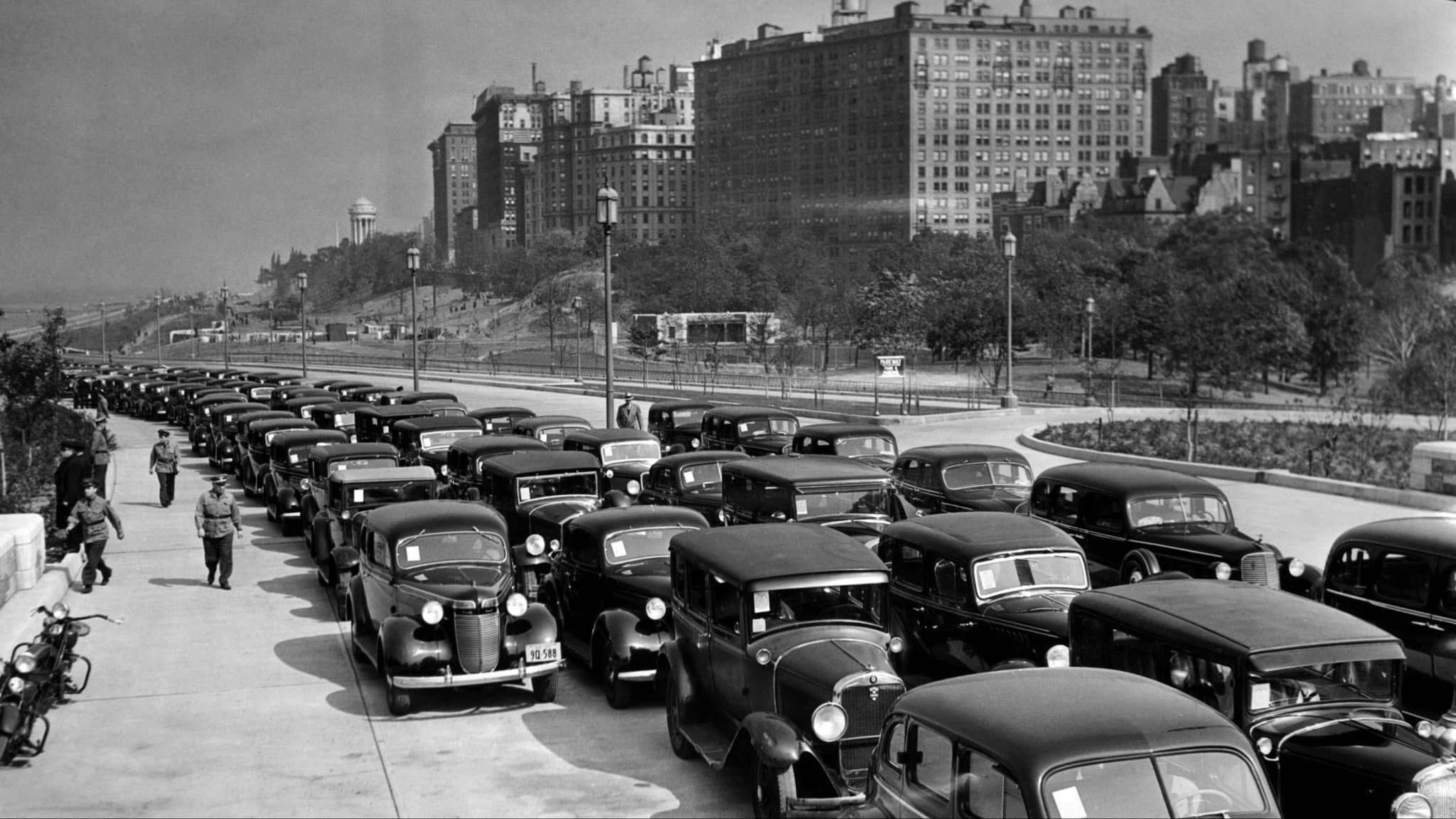
The Ford Motor Company and General Motors were the leading manufacturers in the US and were the first to introduce legendary cars such as the Ford Mustang and Chevrolet Corvette that catered to the surge in need for fashion and performance.
The Designs of the 1950s and 1960s
Automobile production of the 1950s and 1960s was characterized by a keen interest in space discovery and the development of futuristically featured technologies, thus drastically impacting car design. Tailfins, bright chrome, and bubble canopies become dominant elements, giving the impression of rocket and space checkers.
Vehicles like the Cadillac Eldorado and Chevrolet Bel Air were the symbols for that period of automobile design, which represented the great hopes and new inventions of the space age.
The Oil Crisis and the Rise of Efficiency
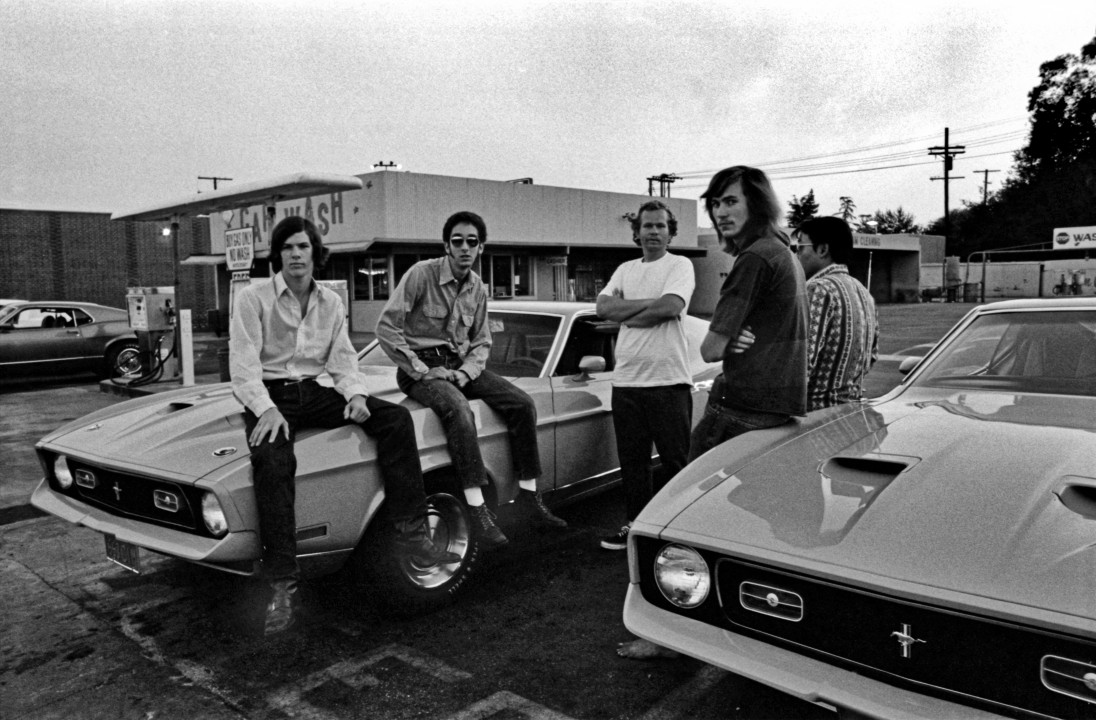
Compact cars and hatchbacks started trending, giving people the desired roominess without forsaking the style. Japanese automotive companies like Toyota and Honda became the obvious frontrunners in this new class of efficient and eco-friendly design.
The Design Trends of the 1980s and 1990s
The 1980s and 1990s witnessed an evolution towards minimalism and modernism in automotive design characterized by clean edges, simple curves, and geometric shapes. The most famous style icon in this category was undoubtedly automakers from Europe like BMW and Mercedes-Benz and their subtle but luxurious designs.
Japanese automakers, on the other hand, did not stop innovating with the Toyota Camry and Honda Accord to name them in terms of efficiency and reliability. The computer-aided design (CAD) technology further contributed to the revolution of the design process as it enabled designers to reach greater accuracy and upgraded their ideology.
The Digital Age
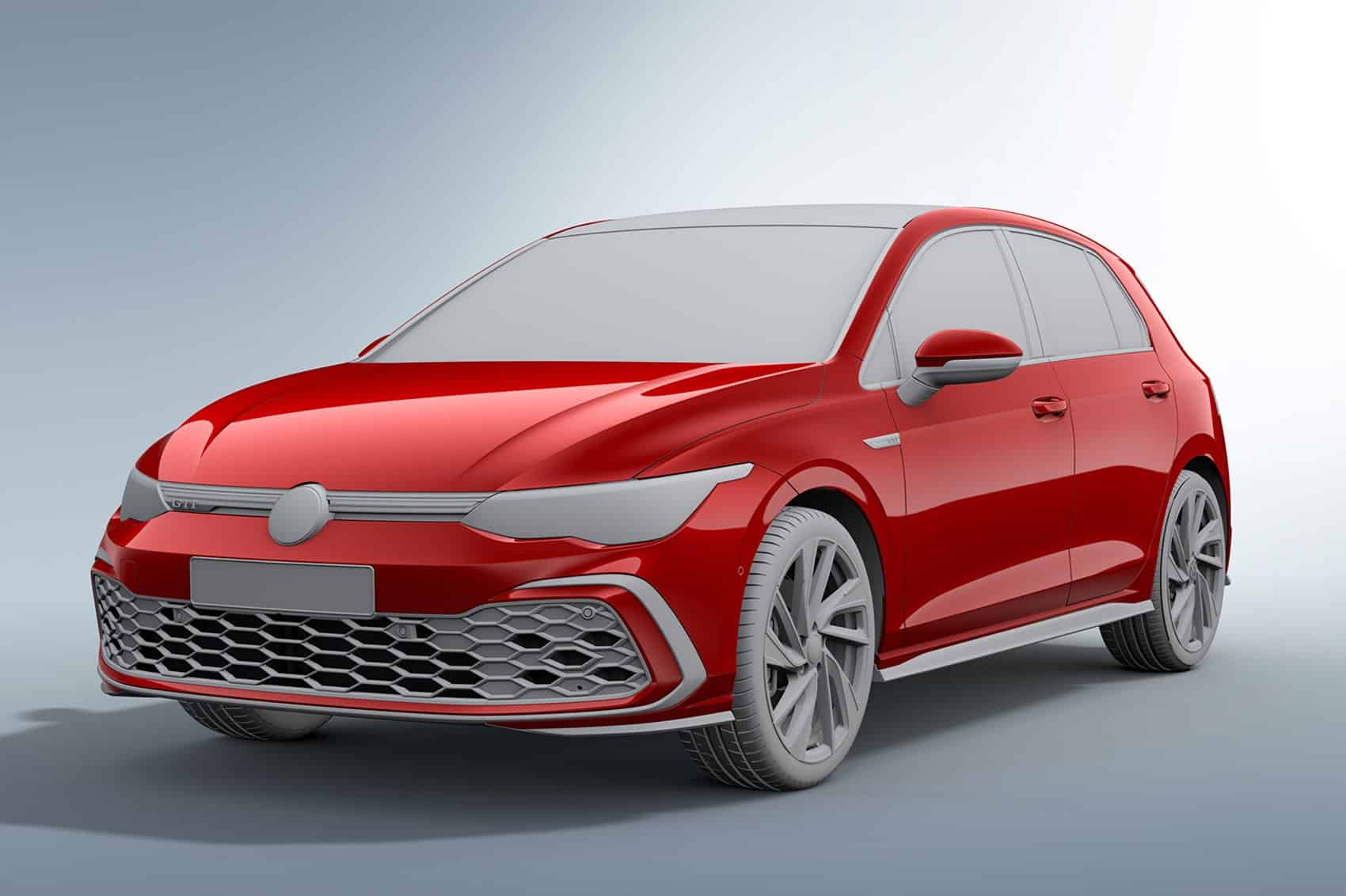
Electric vehicles (EVs) along with the emergence of aerodynamics have also gained momentum, driving through the need for design changes in the manufacturing process. Tesla company with many others have designed cars that don’t look conventional but rather state-of-the-art and luxurious.
Future Trends
The future of car design will probably be determined by sustainability, personalization, and trends of emerging technologies such as artificial intelligence (AI) and augmented reality (AR).
Designers will continue to develop eco-conscious materials as well as environmentally friendly manufacturing processes, and clients will be enabled to decide on how their vehicles can best fit their tastes and preferences.
It is anticipated that autonomous vehicles will take to the roads in ever-growing numbers creating a diverse playing area for interior design teams and a slew of new amenities for passengers.
Conclusion
The development of auto design is a living proof of the mixture of human imagination, invention, and adaptability. From the very early attempts to create fully motorized conveyances of horses, designers have relentlessly pushed the frontiers of what is achievable, answering the emerging societal needs and technological progress.
As we look to the future, one thing is certain: the shape of the automobile design will keep evolving, powered by the spirit of discovery, and the desire to craft a more integrated, environment-friendly, and individuality-oriented driving environment.
If you’re in the market for a new ride or seeking to expand your collection, consider exploring the array of rat rods for sale. You’ll find an array of unique and customized vehicles that celebrate automotive history in a whole new way.

